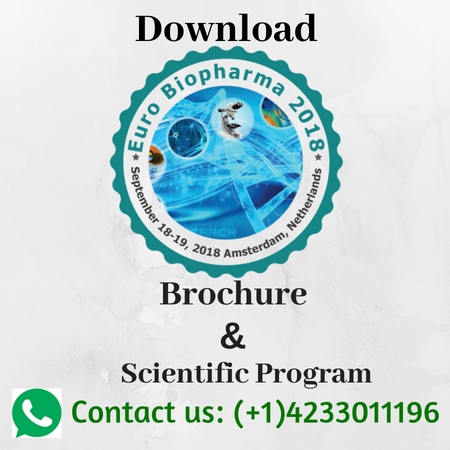
R. Manjunatha Kini
National University of Singapore, Singapore
Title: A novel class of parenteral anticoagulant agents for percutaneous coronary intervention (PCI) based on tick thrombin inhibitors
Biography
Biography: R. Manjunatha Kini
Abstract
Hematophagous insects depend on potent anticoagulant and antiplatelet agents for securing their blood meals. We identified a novel class of thrombin inhibitors, named as Ixothrins, from the salivary gland extracts of ticks. We isolated and characterized Variegin and Avathrin from the salivary gland extracts of tropical bont tick (Amblyomma variegatum). They are among the smallest thrombin inhibitors found in nature. We examined the structure-function relationships of both Variegin, Avathrin and Ultravariegin using a number of mutants. We also determined the X-ray crystal structure of thrombin-Variegin and thrombin-Avathrin complexes. They interact with exosite I, prime subsites and active site of thrombin. Based on the structure as well as the prior knowledge on thrombin inhibitors, we designed several peptides to understand the interaction between thrombin and these inhibitors. These peptides cover a diverse spectrum of potency, kinetics and mechanism of inhibition, including peptides with affinities ranging from low picomolar to nanomolar values, with fast and slow tight binding, displaying competitive and non-competitive inhibition. We evaluated the antithrombotic efficacy (carotid artery thrombosis and stent thrombosis models) and bleeding side effects (tail incision and ear bleeding models) of Variegin in rats and pigs, respectively. The results strongly support the superior antithrombotic efficacy of Variegin with minimal bleeding in comparison with comparator drugs, heparin and hirulog (Bivaluridin or Angiomax®). Thus, ixothrins may have the potential in developing parenteral anticoagulant agents for percutaneous coronary intervention (PCI).

